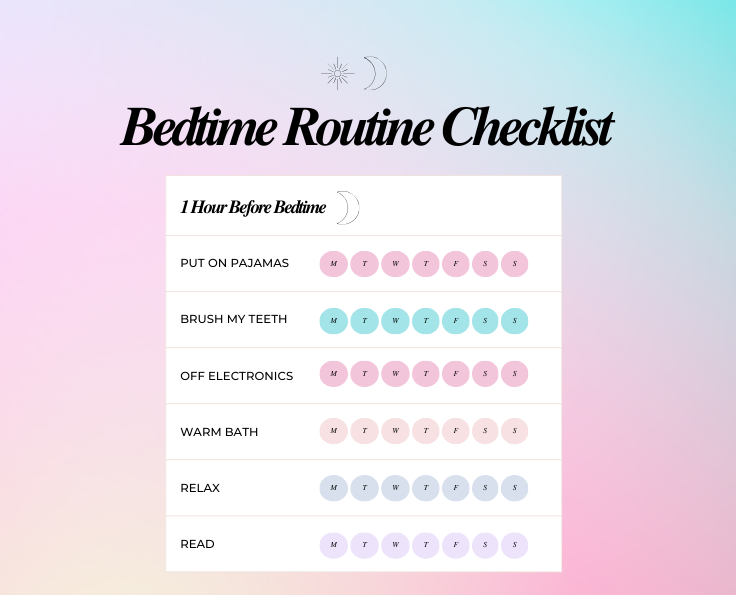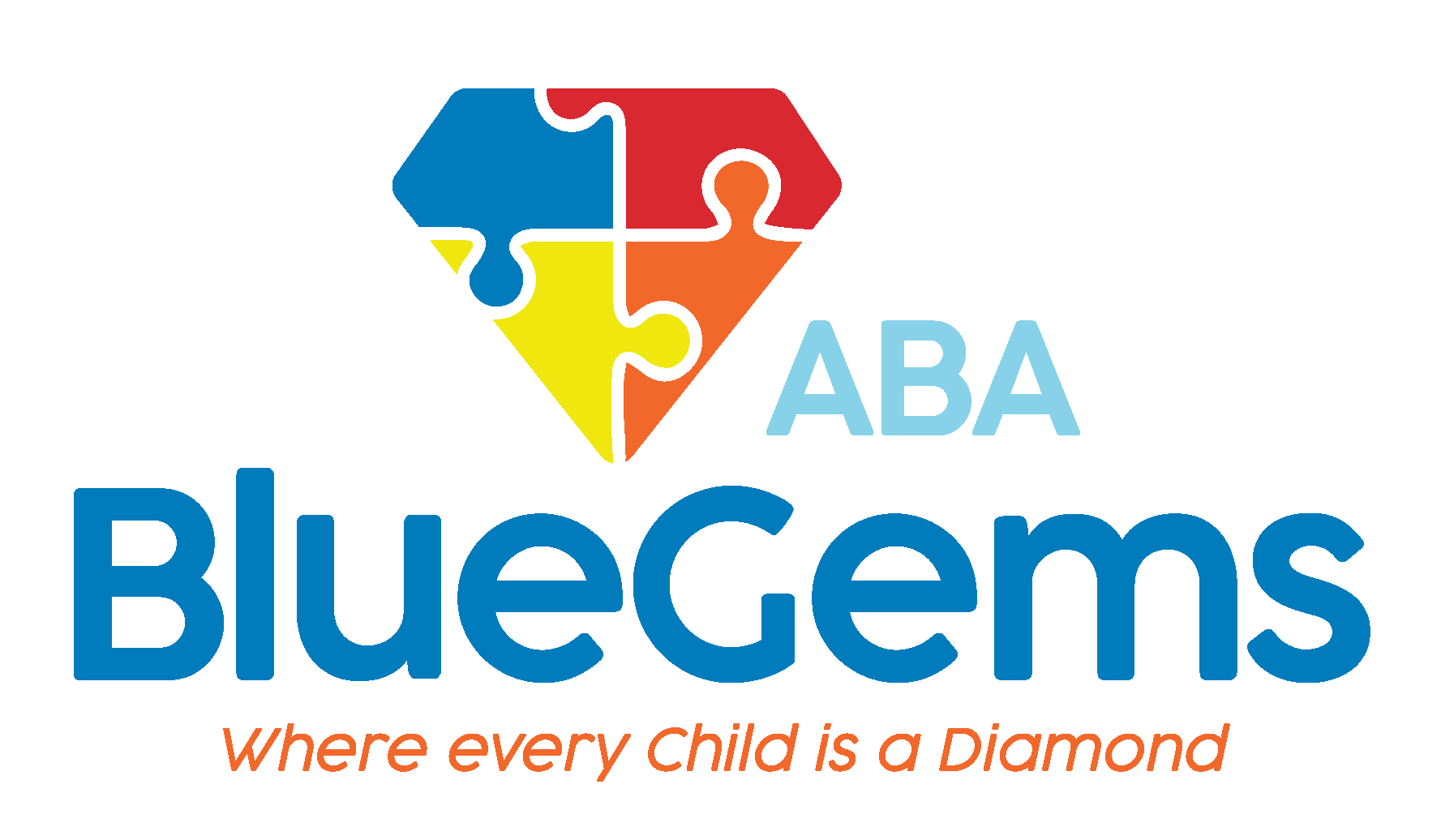Autismo y problemas para dormir
Aunque el trastorno del espectro autista (TEA) presenta una amplia gama de signos y síntomas, la mayoría de las personas que lo padecen se enfrentan a retos comunes. Esto incluye normalmente dificultades con las interacciones sociales y la comunicación, así como intereses restrictivos, comportamientos repetitivos e incluso sensibilidades sensoriales.
Todos estos retos pueden causar más trastornos en la vida de las personas con autismo. Por desgracia, otro problema al que se enfrentan a menudo las personas con TEA es dormir bien.
De hecho, los problemas de sueño son bastante comunes tanto en niños como en adultos con espectro autista. Las investigaciones sugieren que más de la mitad de los niños autistas tienen al menos un problema crónico de sueño.
No sólo pueden ser perjudiciales para la persona desde el punto de vista mental y físico, sino que también pueden resultar muy frustrantes para los padres y seres queridos, que hacen todo lo posible por ayudarles.
A continuación, veremos algunas de las razones por las que los niños con autismo tienen problemas para dormir y qué se puede hacer al respecto.
Índice
¿Por qué los niños con autismo tienen problemas para dormir?
Aunque la mayoría de los niños autistas tienen al menos un problema crónico de sueño, no existe una única razón para que esto ocurra. Al igual que el autismo, las causas de estos problemas de sueño pueden ser muy variadas.
Dicho esto, las investigaciones han demostrado que los niños que presentan comportamientos repetitivos, problemas sensoriales y ansiedad tienen más probabilidades de experimentar problemas de sueño con más frecuencia. Si alinean sus juguetes, agitan las manos y/o se mecen, por ejemplo, es posible que a menudo se sientan inquietos, tengan dificultades de atención, se enfaden con facilidad e incluso tengan rabietas más frecuentes que los demás.
Los niños con autismo que pasan mucho tiempo con el ordenador o el teléfono, o que ven muchos vídeos o la televisión, también pueden tener más problemas para dormir, sobre todo si el contenido que consumen es de terror y/o violento.
Problemas sensoriales también puede contribuir a un sueño deficiente. Los niños con autismo pueden tener dificultades para bloquear el ruido, la luz y las interrupciones, lo que puede dificultar que se duerman o que permanezcan dormidos.
Algunos niños autistas también tienen otros problemas de salud mental o física concurrentes, como los siguientes TEPTaltos niveles de cortisol o apnea del sueño - todo lo cual puede contribuir a un sueño deficiente.
¿Qué problemas causan los problemas de sueño a los niños con TEA?
En realidad, los problemas de sueño son relativamente frecuentes en todos los niños. Sin embargo, es especialmente prominente en los niños del espectro autista.
Para los niños neurotípicos, los problemas de sueño y el hecho de no dormir lo suficiente suelen traducirse en somnolencia durante el día. También puede provocar otros problemas de aprendizaje y de comportamiento, como falta de atención, agresividad e hiperactividad.
Las investigaciones han demostrado que los niños del espectro autista que duermen mal tienden a mostrar un comportamiento problemático en mayor medida que los niños que se considerarían buenos durmientes.
El cuerpo y la mente necesitan descansar lo suficiente y, si no lo hacen, pueden surgir problemas muy diversos. Esto es especialmente cierto en los niños con autismo.

¿Cómo se puede mejorar el sueño de los niños con autismo?
El enfoque general para ayudar a los niños autistas a dormir mejor es similar al de los niños neurotípicos. Es importante establecer buenas prácticas e "higiene del sueño", que les ayudarán a descansar mejor.
En primer lugar, establezca un rutina para acostarse. Debe empezar al menos una hora antes de acostarlos y debe hacerlo tanto si está en casa como si está de vacaciones.
Puede incluir ponerse el pijama, lavarse los dientes, apagar los aparatos electrónicos, leer y cualquier otra actividad que resulte relajante para todos los implicados. A algunos niños les va mejor un baño caliente o incluso un pequeño tentempié antes de irse a la cama.
En segundo lugar, es muy importante contar con un entorno cómodo para dormir. Los niños con autismo pueden estar apegados a un peluche o juguete y, si resulta apropiado, pueden incorporarse a su rutina para dormir.
La habitación debe ser oscura y fresca, y lo más silenciosa posible. Esto ayudará a eliminar cualquier posible problema sensorial. Las cortinas opacas pueden ser útiles para bloquear toda la luz posible.
Por último, trabaje con su hijo para que se duerma solo, sin nadie más en su habitación. Esto puede llevar algún tiempo, sobre todo si estás empezando y/o tu hijo es pequeño.
Sin embargo, es muy importante para su higiene del sueño a largo plazo que sean capaces de conciliar el sueño por sí solos, sin la presencia de nadie más.
Desde luego, no son las únicas estrategias que puede emplear, pero constituyen un buen punto de partida.

Blue Gems ABA ayuda a los niños con autismo a mejorar sus problemas de sueño
Desgraciadamente, los problemas de sueño son muy frecuentes en los niños autistas. Los problemas para conciliar el sueño, permanecer dormido y/o no dormir lo suficiente pueden exacerbar los comportamientos problemáticos y dificultar que los niños lleven una vida feliz y sana.
En Blue Gems ABAContamos con un equipo de BCBA dedicados a ayudar a los niños con espectro autista mediante el análisis conductual aplicado. También conocido como terapia ABA, este enfoque basado en la ciencia y la evidencia para el aprendizaje y el comportamiento ayuda a los niños con TEA a desarrollar las habilidades que necesitan para prosperar.
Entre otras muchas cosas, la terapia ABA puede ayudar a abordar las causas profundas de los problemas de sueño, ayudando a los niños a conseguir el descanso que su mente y su cuerpo tanto necesitan.
Para más información Contacto hoy.




